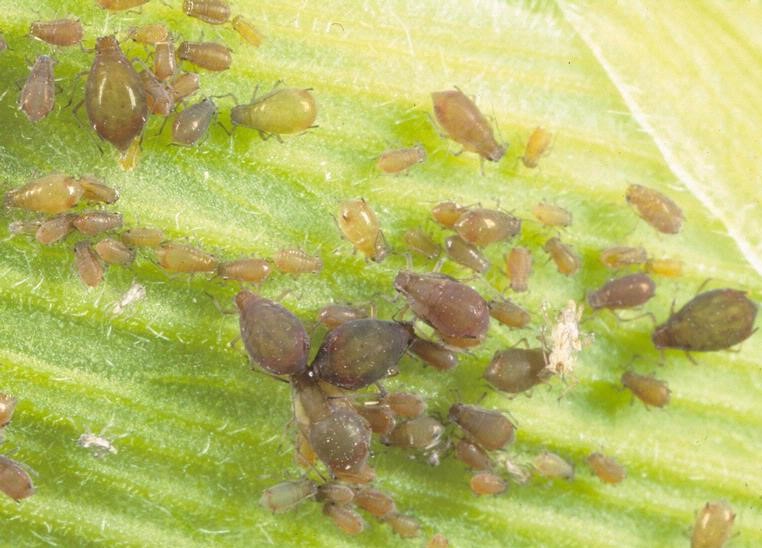
Crop pests are a growing problem and may be hiding in plain sight
Pest management for crops is a growing concern worldwide as climate change is predicted to increase crop losses and pest infestations.
In a future where populations are already set to increase food demand and drain precious resources, any added strain to agriculture could be disastrous for food availability.
According to the United States Department of Agriculture, the United States loses 20 to 25 percent of crop yields to pests, diseases, or post-harvest losses. In developing countries, those losses increase to 40 to 50 percent.
A crucial part of pest management is knowing which pests are likely to infest an area or which crops are vulnerable to infestation.
Now, a new study has found that some pests are lurking under the radar, present but unobserved and not factored into any management strategies.
In a new study published in the journal Global Change Biology, researchers from the University of Exeter found that there is a more than 75 percent chance that many pests fall under the category of “unobserved but present.”
Unobserved but present pests were identified in China, India, and southern Brazil, which helps emphasize the widespread issue.
For the study, the researchers reviewed and analyzed data from the Centre for Agriculture and Bioscience International (CABI) pest distribution database.
1,739 pests were incorporated into a model to help show where unobserved pests might be present.
“Our model allows us to quantify the risk that a certain pest is present in a certain place,” said Dr. Dan Bebber, a member of the research team. “Our trick for testing model accuracy was to use pest observations from China published in the Chinese literature, which have not yet been incorporated into global pest databases.”
The models will hopefully help improve pest management and reduce the risk of infestations once farmers and agriculture administrators have a more accurate understanding of pest prevalence.
If unobserved pests are targeted quickly enough, the threat of infestation can be eradicated, but the key is early detection.
“That early stage is crucial if we want to stop the spread – so these are the pests we should be focussing our efforts on,” said Dr. Bebber. “Prior studies have often assumed that unreported pests in a global distribution database represent a true absence. Our analysis provides a method for quantifying these ‘pseudo-absences’ to enable improved distribution modelling and risk analysis.”
—
By Kay Vandette, Earth.com Staff Writer
Image Credit: Merle Shepard, Gerald R Carner & PAC Ooi













